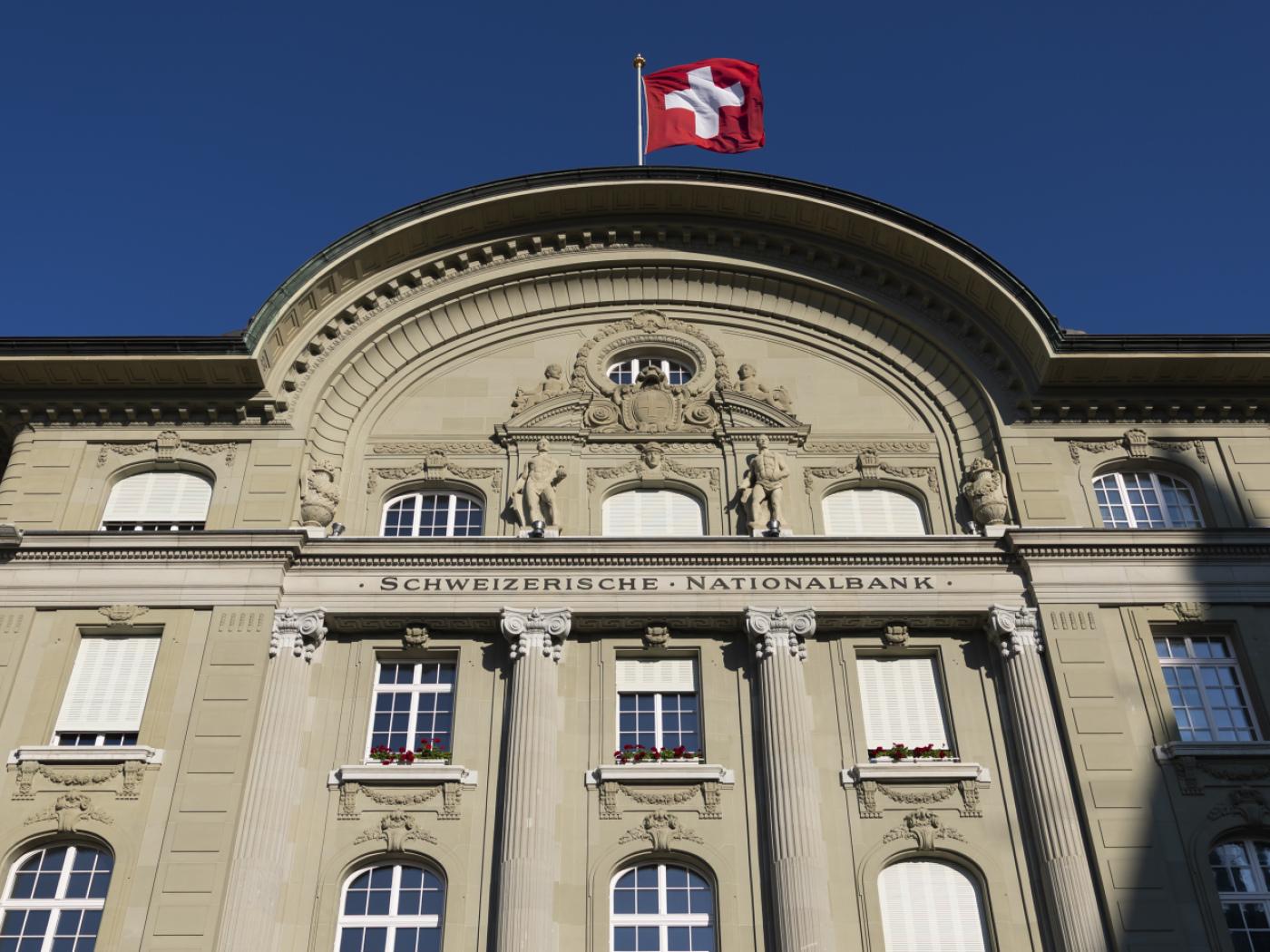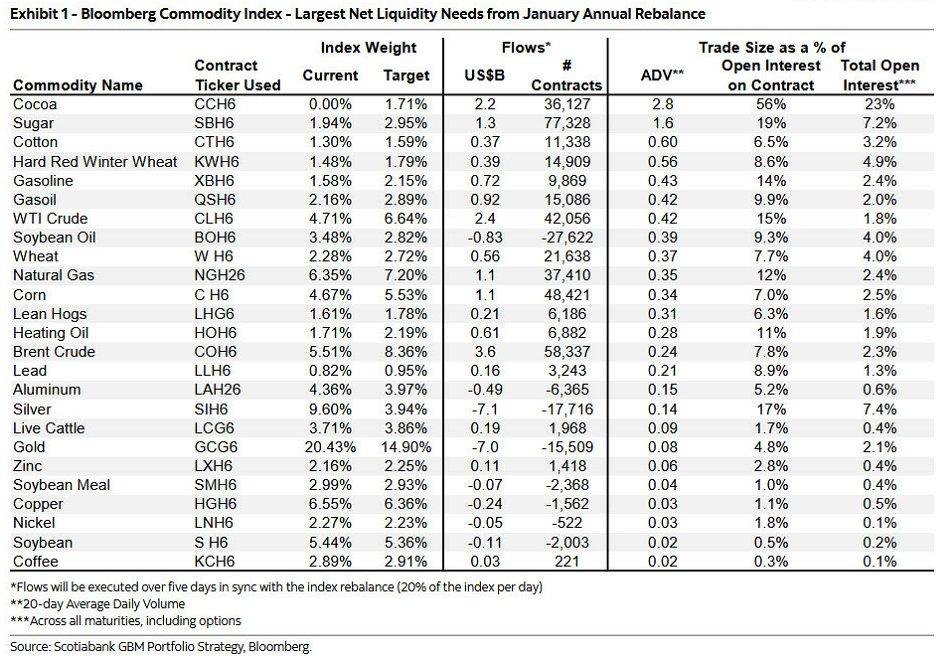Overview: The dollar initially extended its pre-weekend and yesterday's heavier tone before finding a better bid in the European morning. Still, as North American dealers return to their posts the dollar is still mostly softer against the G10 currencies, but it is little changed to slightly firmer against the Japanese yen. Most emerging market currencies are firmer, but the South African rand is softer ahead of their election, the Mexican peso is paring its recent gains, and the Chinese yuan is softer for the ninth consecutive session.
The US Treasury's buyback program (buying back illiquid off-the-run issues, which will later be replaced by larger sales of new issues) begins tomorrow, while T+1 settlement for equities begins today. The US 10-year yield Treasury yield is off a basis point to 4.45% today. US index futures are signaling a firm return from the long weekend. Most Asia Pacific equity markets slipped today, with Taiwan's Taiex a notable exception. The MSCI Asia Pacific Index snapped a four-day slide yesterday with a nearly 1% gain but has fallen again today. After gaining about 0.3% yesterday, Europe's Stoxx 600 is practically flat today. European benchmark 10-year yields are 1-3 bp higher today, with UK Gilt yields bucking the trend and around four basis points lower near 4.22%. Gold is trading within yesterday's range (~$2332-$2358). The yellow metal fell by nearly 3.4% last week, its biggest weekly loss since last September. July WTI fell to a two-month low before the weekend ($76.15) but recovered to close near $77.70. The recovery has been extended to $79 today. It has not settled above $80 this month.
Asia Pacific
Australia reported that April retail sales rose by 0.1%; soft than expected and below the matching the monthly average in Q1. Tomorrow, Australia reports April's monthly CPI. It is expected to return to 3.4% (from 3.5%, where it was in the December-February period, the lowest since November 2021. The RBA minutes showed that the central bank was still discussing (though deciding against) a rate hike earlier this month. It spooked the market. The decline in May inflation expectations (4.1% from 4.6%) and the softer May flash PMI (52.6 from 53.0) failed to repair confidence. The odds of a rate cut this year was reduced from nearly a 70% chance at the start of last week to less than 35%. Still, the Australian dollar fell in the first four sessions last week before bouncing back ahead of the weekend. The recovery continued through earlier today. Japan reported that service producer prices accelerated to 2.8% from a revised 2.4% (from 2.3%), a nine-year high. Important real sector data from Japan is due at the end of the week. The high-frequency data includes employment, industrial production, and retail sales. The first is expected to be little changed, while the latter two will likely show improvement sequentially as the economy recovers from the Q1 contraction. China reported April industrial profits Monday. They were up 4% year-over year in April. In April 2023, they had fallen 18.2% year-over-year. China releases its May PMI at the end of the week. It is expected to be little changed.
The dollar traded between roughly JPY155.55 and JPY157.20 last Thursday and remains in that range. It is little changed ahead of the North American open, hovering below JPY157. We note that the 10-year US yield has stalled around 4.50%. It has frayed the area on an intraday basis but has not settled above it since May 3. Also, we suspect that market participants see a shift in risk-reward considerations as the dollar approaches JPY158, around where the last round of intervention is thought to have taken place. Initial support is seen near JPY156.55. The Australian dollar extended its recovery off the test on $0.6590 at the end of last week. With today's gains (~$0.6675), the Aussie met the (61.8%) retracement of the losses from the May 16 (~$0.6715). There are options for almost A$760 mln at $0.6650 that expire today. A close below there could put to a near-term high being in place. The Chinese yuan extended its decline for the ninth consecutive session today. Yesterday, the offshore yuan rose for the first time since May 15, but it resumed its decline and reached a new low for the month. The PBOC set the dollar's reference rate today at CNY7.1101 (CNY7.1091 yesterday). The average in Bloomberg's survey was CNY7.2421 (CNY7.2367 yesterday). Some observers posit that because China runs a trade surplus, and its currency is not over-valued that there is little compelling reason for the yuan to fall. The same logic applies to the euro and yen, for example, and according to the OECD’s purchasing power parity model, they are undervalued by 56% and nearly 66%, respectively. Does that mean there should not be pressure on those currencies either?
Europe
A recovery of sorts is taking hold in Europe. The eurozone and UK economies contracted in Q3 23 and Q4 23 and expanded in Q1 24--EMU by 0.3% and the UK by 0.6%. The recovery seems to be fueled by inventory, construction, and trade. Consumption though seems to be a weak link despite real wage increases. The PMI and yesterday's German IFO (business climate was unchanged at 89.3, remaining at its the best since May 2023) suggest the recovery is intact. This week's focus is on prices, and the risk is on the upside, which we suggest will help the ECB deliver a hawkish cut next week. The ECB's survey of inflation expectations in April slipped to 2.9% (from 3.0%) and 2.4% (from 2.5%) for the one- and three-year forecasts, respectively. German CPI is due tomorrow. It is expected to rise from 2.4% to 2.7%. It would be the second consecutive increase and bring the harmonized measure back to February levels. Spain's report is the next day, and it is expected to rise to 3.7% from 3.4%. It would be the third consecutive monthly increase. Last May, it stood at 2.9%. The aggregate measure is due at the end of the week. A 0.2% month-over-month increase will see the year-over-year rate tick up to 2.5% from 2.4%. That increase means that in the first five months of the year, eurozone CPI has risen at an annualized pace of about 4.3%. In the last five months of 2023, eurozone CPI rose at an annualized pace of 1.2%.
The euro reached a six-day high slightly near $1.0880 today to approach the May 16's two-month high (~$1.0895). There are 550 mln euro options struck at $1.0875 that expire today. The latest CFTC Commitment of Traders report the largest increase in the net long non-commercial (speculative) euro position in the futures market (24.3k contracts) since last July. It appears to have been driven mostly by short covering. In the four weeks through May 21, nearly 36.2k short contracts were covered, while the gross long position rose by less than half as much (~15.3k contracts). The net speculative sterling position flipped to long for the first time in five weeks (in the week through May 21). However, it was driven by new gross longs (~19.8k contracts) more than reducing shorts (~1.3k contracts). Sterling had recovered from a five-day low (~$1.2675) before the weekend and settled firmly slightly above $1.2735. The recovery extended yesterday and slightly further today to reach almost $1.2785, a new two-month high. The next technical hurdle is seen in the $1.2800-25 band.
America
The market has for all practical purposes given up on a June or July Fed cut and the odds of a September cut are slightly better than a coin toss. As recently as early April, the Fed Funds futures market was fairly convinced that there would be two rate cuts by the end of Q3. The market is pricing in 33 bp of cuts this year. There has been only day this year (April 30) that the futures market had less discounted (28 bp). This is where the market is likely to return. This week's economic highlights include another look at Q1 GDP, with weaker consumption pointing to a downward revision. The April advanced goods balance will feed into GDP estimates. We already know that the economy lost some momentum at the start of Q2, and it will likely be confirmed by slower income growth and consumption. The PCE deflator is not expected to show the softness of the CPI. Canada will provide its first estimate of Q1 GDP at the end of the week. Even with a flat March performance, economic activity appears to have accelerated from the 1.0% annualized pace in Q4 23. Mexico reports unemployment (~2.5% vs 2.3%) and the central bank releases its inflation report. Officials have signaled a gradual start to their easing cycle, but it has begun. The swaps market is pricing in a little more than 100 bp of cuts over the next year.
The US dollar fell to test a six-day low against the Canadian dollar today near CAD1.3615. Recall that the greenback was bought on dips below CAD1.3600 in the last two weeks. The rally peaked in front of CAD1.3750 last Thursday and Friday. The net speculative short position in the futures market reached 90.8k contracts as of May 21, the most since 2017. The gross shorts have risen by 30% in the past three weeks. The gross longs have added 1.6k contracts over the same period. A convincing break of CAD1.36, and ideally the 200-day moving average (~CAD1.3575) would likely force some late shorts to cover. Nearby resistance is seen around CAD1.3640. The greenback recovered from one-month lows set last Tuesday (~MXN16.5280) and tested resistance around MXN16.75 in the last two sessions last week. It pulled back toward MXN16.6630 yesterday but has come back bid today. It is holding below yesterday's high slightly shy of MXN16.71, where options for about $300 mln expire today. Speculators in the futures market had pared their long position in April and early May but have grown it again in the last two weeks. The gross long position of 153.2k contracts is the most in six weeks.
Tags: #USD,Australia,CPI,Currency Movement,EMU,Featured,Japan,newsletter,US


























